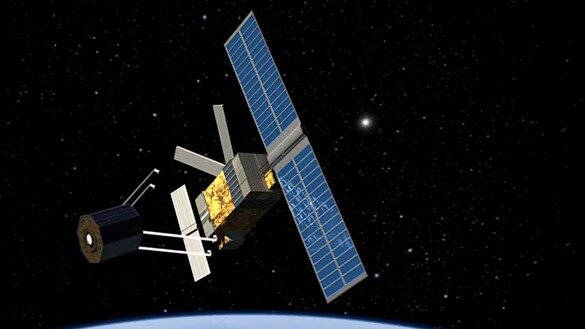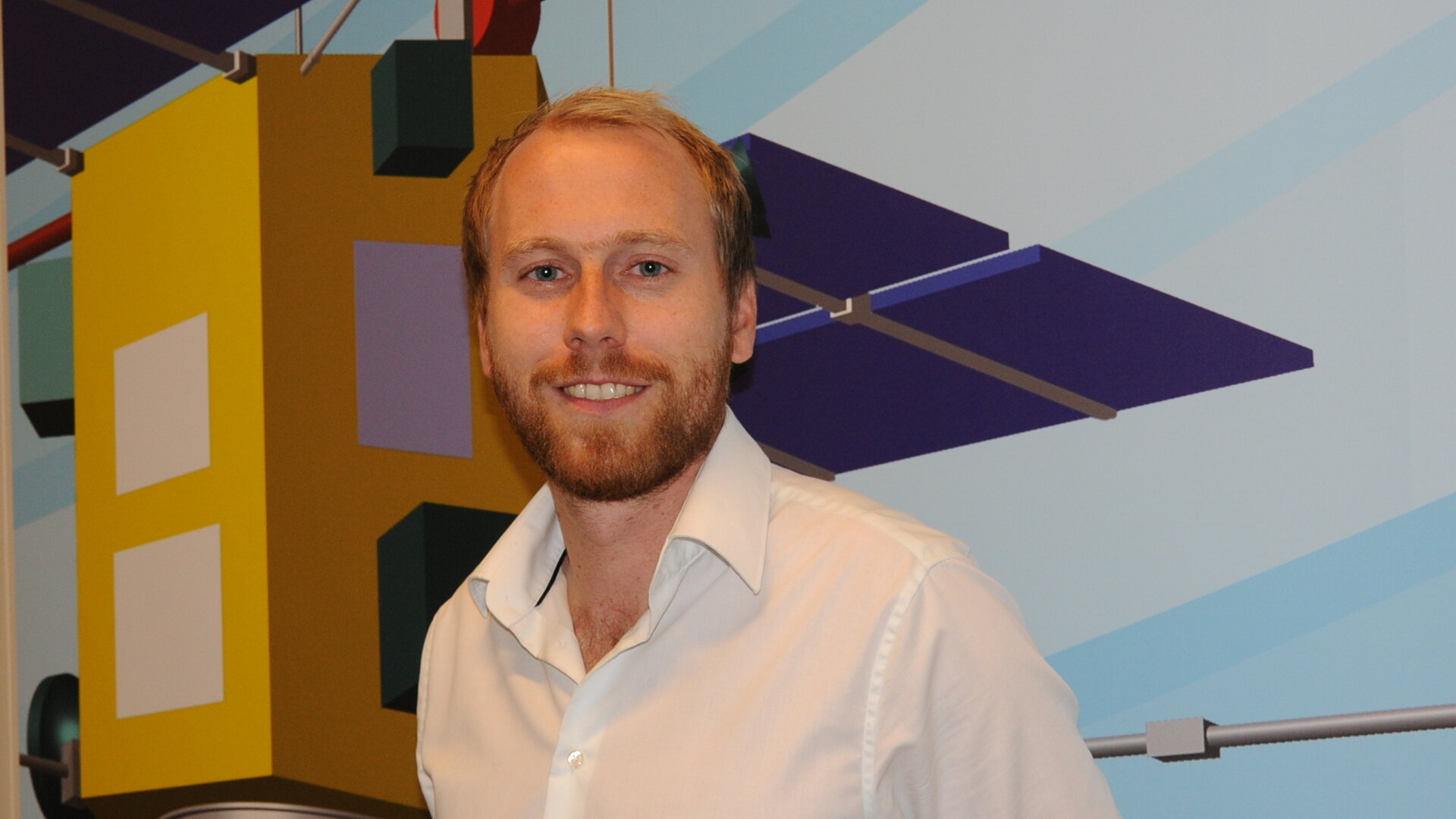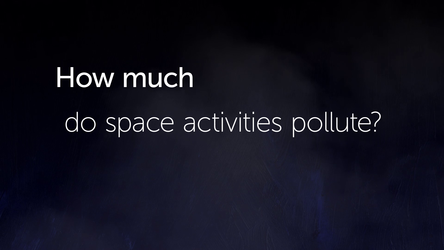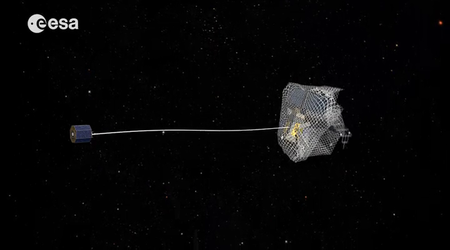How much inspiration a small field can give: Jakob Huesing interview
Working for Clean Space has seen Jakob Huesing become an expert on Life-Cycle Assessment, LCA. Jakob started by working on Branch 1 of the initiative, which covers Eco-design, while also supporting other areas as a system engineer – especially activities linked to the e.Deorbit debris removal mission.
Can you explain some of the challenges involved?
A key challenge is to get familiar with new fields like LCA which involves some very different elements from standard space engineering. Also the interdisciplinary aspect of LCA touches upon a lot of different disciplines, meaning liaising with experts not only here at ESA but also out across the wider industrial world.
How did you first get involved in Clean Space?
I first got in touch with Clean Space when I was still a trainee here at ESTEC in the Concurrent Design Facility. I was following some of the activities dealing with active debris removal and supporting some activities looking at LCA – and I got stuck ever since!
Within Clean Space, we started to look at the environmental impacts of ESA activities, especially its space missions and launch activities. To do that we first had to find a standardised way to measuring the impacts. The LCA approach ended up being selected because it is a well-known and established methodology.
LCA involves looking at the complete life cycle of the product or service: at all the resources that are consumed and all the emissions over the product’s entire life cycle. Based on these values for consumption and emissions we then use models to calculate indicators for different areas of environmental protection – for instance human health or climate change.

Having settled on the LCA method, we first of all had to get familiar with LCA ourselves and then we began running several studies using LCA to assess the environmental impacts of our work. So I’ve ended up as one of ESA’s LCA experts, supporting or running most of our internal and external LCA studies.
What about your involvement in e.Deorbit?
For Clean Space’s active debris removal mission, I started supporting the eDeorbit CDF pre-phase A study. Then, when it went on to Phase A with industry, I continued to support it on the ESA side as a systems engineer. Which is a cool role, since it is a very interesting and novel mission, deorbiting an old defunct satellite.
What is your opinion of the overall Clean Space initiative?
Clean Space is a highly innovative and interesting initiative, involving some ground-breaking work with many highly motivated people. What I also like about Clean Space is that the people behind it bring a lot of enthusiasm to the table. We sometimes refer to it as our grass roots initiative within ESA.

How do you summarise Clean Space for your non-technical friends and family?
In Clean Space we are trying to make a greener European space sector by assessing and improving our environmental impact, including having a look at our near-Earth environment – meaning the space debris situation.
How did you get your start in the space business?
I wanted to work in the space sector since I was a student in high school. After school I was fortunate enough to get a position in the German Trainee Programme so I entered ESA in the CDF. And following my traineeship I had the opportunity to remain in the CDF and join Clean Space.
What has been your biggest surprise about working here?
How small the space sector actually is, in economic terms. We tend to think that we are very important but in terms of numbers, space is quite insignificant compared to other sectors in Europe. Yet how much inspiration such a small field can give to people! I started realising this when seeing how LCA was already being applied to many different industrial sectors. Comparing the numbers from those LCA activities, where items are mass produced in huge quantities, to the relatively low-volume European space sector turned out to be quite a difference.
How do you see Clean Space evolving in future?
I’m optimistic by nature and I know the people working on Clean Space, so I think that the initiative will continue to grow. In particular I think that awareness of environmental challenges will go on growing and developing rapidly, especially in terms of eco-design, green technology and the space environment. So Clean Space will continue to serve as a focal point within ESA and Europe for innovative and motivated people.






